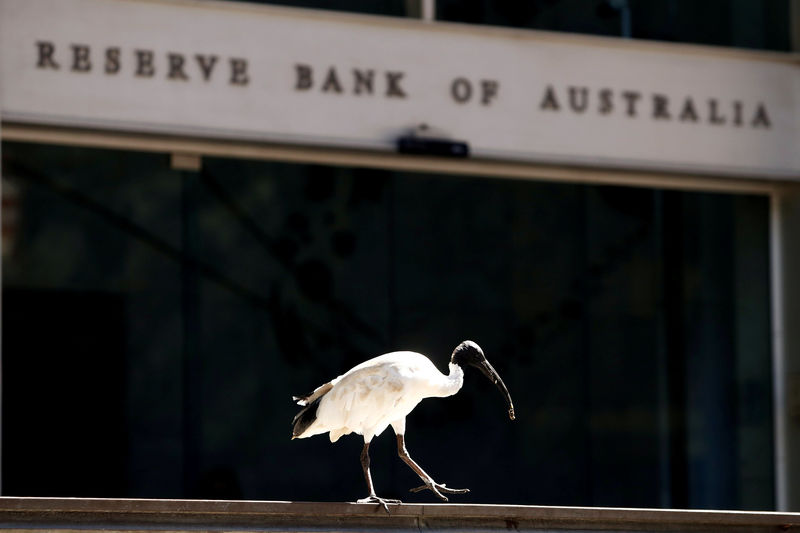By Ambar Warrick
Investing.com-- The Reserve Bank of Australia (RBA) raised interest rates as expected on Tuesday, but also hiked its inflation forecast and trimmed its GDP outlook as it flagged more headwinds for the economy from increased price pressures and rising rates.
The RBA raised its target cash rate by 25 basis points (bps) to 2.85%, bringing interest rates to their highest level in nine years. The central bank vowed to keep raising interest rates as needed, and that it will continue to adopt a data-driven approach.
The RBA raised its inflation forecast for the year to 8% from 7.75%. It also now expects Australia’s 2022 GDP to grow 3%, down from a previous forecast of 3.25%.
The Australian dollar reacted negatively to the move, sharply paring its intraday gains to trade about 0.3% higher at 0.6417. The bank’s negative forecast, coupled with a relatively smaller hike by the RBA, added to concerns over steadily rising inflation in the country. Tuesday's meeting marks the second consecutive 25 bps hike by the RBA, after a series of sharp hikes earlier this year.
Recent data showed that Australian inflation grew by a more than expected 7.3% to a 32-year high in the third quarter.
The RBA continued to signal that it was trying to maintain a balance between combating and preventing a shock to the economy from rising interest rates. Australian consumer and business sentiment has fallen sharply this year due to high inflation and rates.
“The (Monetary Policy) Board’s priority is to return inflation to the 2–3% range over time. It is seeking to do this while keeping the economy on an even keel. The path to achieving this balance remains a narrow one and it is clouded in uncertainty,” RBA Governor Philip Lowe said in a prepared statement.
Still, consumer spending- a key driver of the Australian economy- has so far remained robust, giving the RBA some economic headroom to keep raising rates. Australia’s job market is also strong, with unemployment at its lowest level in 48 years.
But the RBA also has to keep up pace with U.S. rate rises in order to defend the Australian dollar. A Federal Reserve interest rate decision due later this week is expected to shed more light on that front.
